We all have that one big task we keep avoiding. Maybe it’s a difficult work project, an intimidating phone call, or a complex assignment. Instead of tackling it first, we procrastinate—choosing smaller, easier tasks to feel productive while avoiding what really matters.
The problem? That tough task doesn’t disappear. The longer you delay it, the more it drains your mental energy and increases stress. But what if you could handle it quickly and efficiently, without feeling overwhelmed?
In this article, you’ll learn simple but powerful tactics to tackle your hardest task of the day—so you can stop procrastinating and free up your energy for the rest of your work.
Why You Should Tackle the Hardest Task First
Difficult tasks take up a lot of mental space. Even if you’re not actively working on them, they sit in the back of your mind, draining your focus and causing anxiety.
When you complete your toughest task early, you:
✅ Reduce stress by eliminating the most overwhelming item on your to-do list
✅ Free up energy and focus for the rest of the day
✅ Build momentum and feel productive early on
✅ Avoid last-minute pressure and rushed work
Many high achievers follow the “Eat the Frog” method, a concept from Brian Tracy’s book Eat That Frog! The idea is simple: If you have to eat a frog today, do it first thing in the morning—otherwise, you’ll spend the whole day dreading it.
By handling your hardest task first, everything else feels easier afterward.
How to Tackle the Toughest Task of the Day
1. Start with a 5-Minute Commitment
The hardest part of any big task is getting started. Your brain resists tasks that seem long or difficult. To trick your mind, commit to working on it for just 5 minutes.
How to do it:
- Tell yourself, “I don’t have to finish it, I just have to start.”
- Set a 5-minute timer and take the first small action.
- Once you start, momentum will likely carry you forward.
Example: If you’ve been avoiding writing a report, open the document and write just one sentence. Most of the time, you’ll continue beyond five minutes.
2. Do It When Your Energy Is Highest
Your brain has natural energy cycles, and tough tasks require the most mental strength. That’s why tackling them when you’re at peak energy leads to better results.
How to do it:
- Identify when you feel most alert and focused (usually in the morning).
- Block 90 minutes in your schedule for deep work.
- Turn off notifications and eliminate distractions.
Example: If your energy is highest between 8 AM – 10 AM, schedule your hardest task for this time instead of pushing it to the afternoon.
3. Break It Down into Tiny Steps
One reason we procrastinate is that a task feels too big or vague. Instead of thinking about the entire project, break it into small, clear steps that feel manageable.
How to do it:
- Instead of “Finish the presentation,” break it down into:
- Write the outline
- Gather research
- Create the first slide
- Start with the easiest step first to build momentum.
Example: If you need to clean your house, don’t think about the entire space—just start by cleaning one corner of a room.
4. Use the “Two-Mins or 10%” Trick
If a task feels overwhelming, reduce its size by starting with either:
- Two minutes of work—if you don’t want to continue, stop.
- 10% of the task—just complete a small portion.
Why it works: Once you take action, your brain shifts from avoidance mode to action mode, making it easier to continue.
Example: If you need to read a 100-page document, commit to reading just 10 pages first.
5. Remove the Decision Process
Every time you decide whether to start, you increase the chance of procrastinating. To avoid this, make your toughest task non-negotiable by scheduling it as a routine.
How to do it:
- Set a fixed time every day for deep work (e.g., 8 AM – 9 AM is “focus hour”).
- Reduce distractions by preparing in advance (e.g., place your workout clothes by your bed if exercising is your toughest task).
- Follow the “No Excuses” rule—act before you think.
Example: If you tend to delay writing reports, schedule it as the first task after your morning coffee so you don’t overthink it.
6. Use External Pressure to Stay Accountable
Having an external commitment makes it harder to procrastinate. When you’re accountable to someone else, you’re more likely to take action.
How to do it:
- Tell a friend or colleague that you’ll complete the task by a certain time.
- Use accountability apps like StickK or Beeminder.
- Join a focus group or coworking session where others expect you to work.
Example: If you’ve been avoiding writing a proposal, email your boss saying you’ll have a draft by 2 PM—this external deadline forces you to act.
7. Reward Yourself for Finishing It
Your brain needs positive reinforcement to build good habits. After completing your hardest task, reward yourself to make the habit more enjoyable.
How to do it:
- Take a short break and do something you enjoy.
- Give yourself a small treat, like a cup of coffee or a walk outside.
- Keep a progress tracker to see your wins over time.
Example: If you finish an intimidating work call, reward yourself with 10 minutes of listening to your favorite music before moving on to the next task.
Final Thought: Make Hard Tasks Easier by Taking Action Now
The biggest mistake people make with difficult tasks is waiting to feel ready. But motivation follows action, not the other way around.
By using these simple tactics, you will:
✅ Stop procrastinating on difficult tasks
✅ Feel more productive and less stressed
✅ Free up your mental energy for the rest of the day
Start now: Pick your toughest task and commit to just 5 minutes of action. 🚀

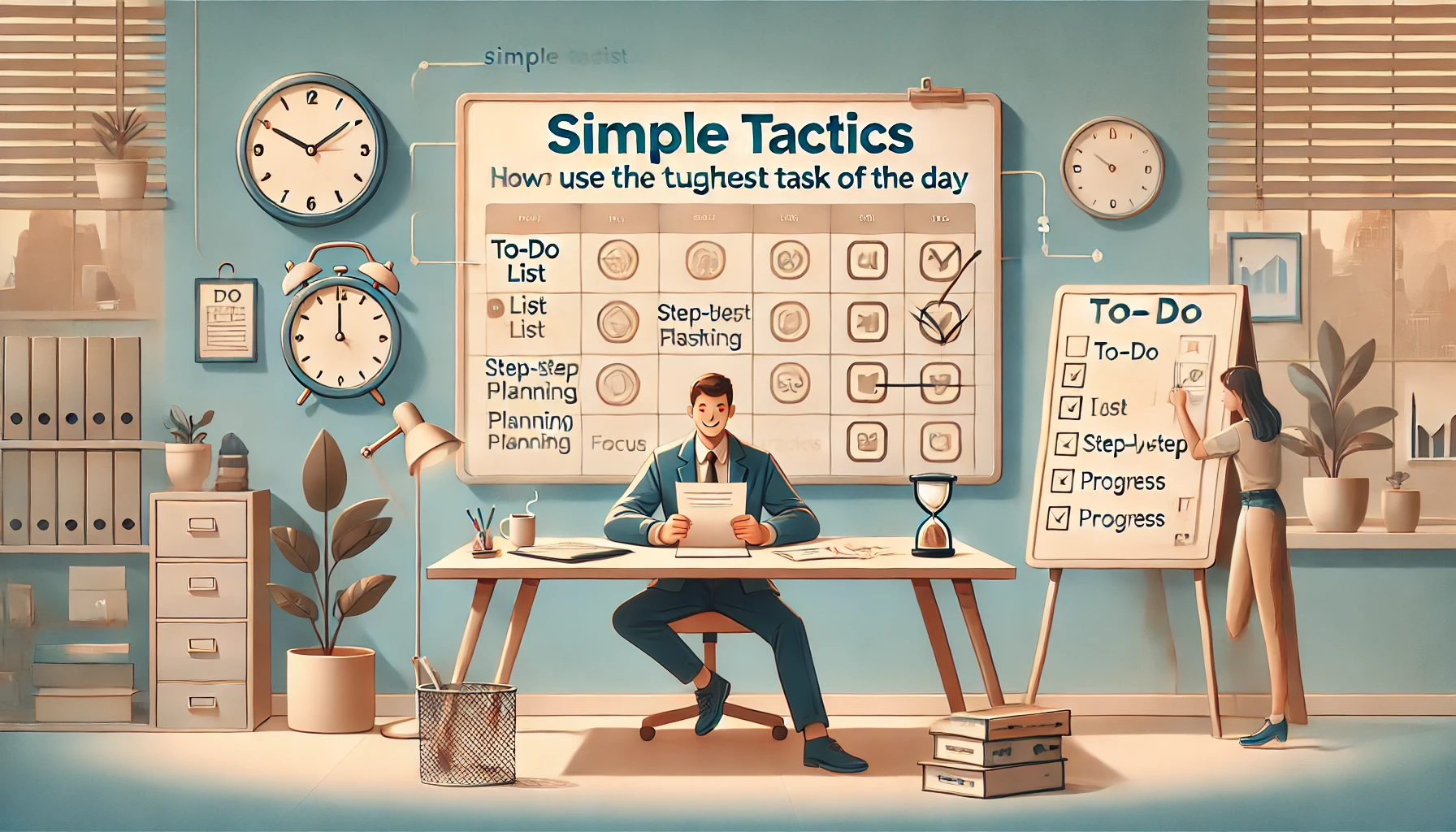

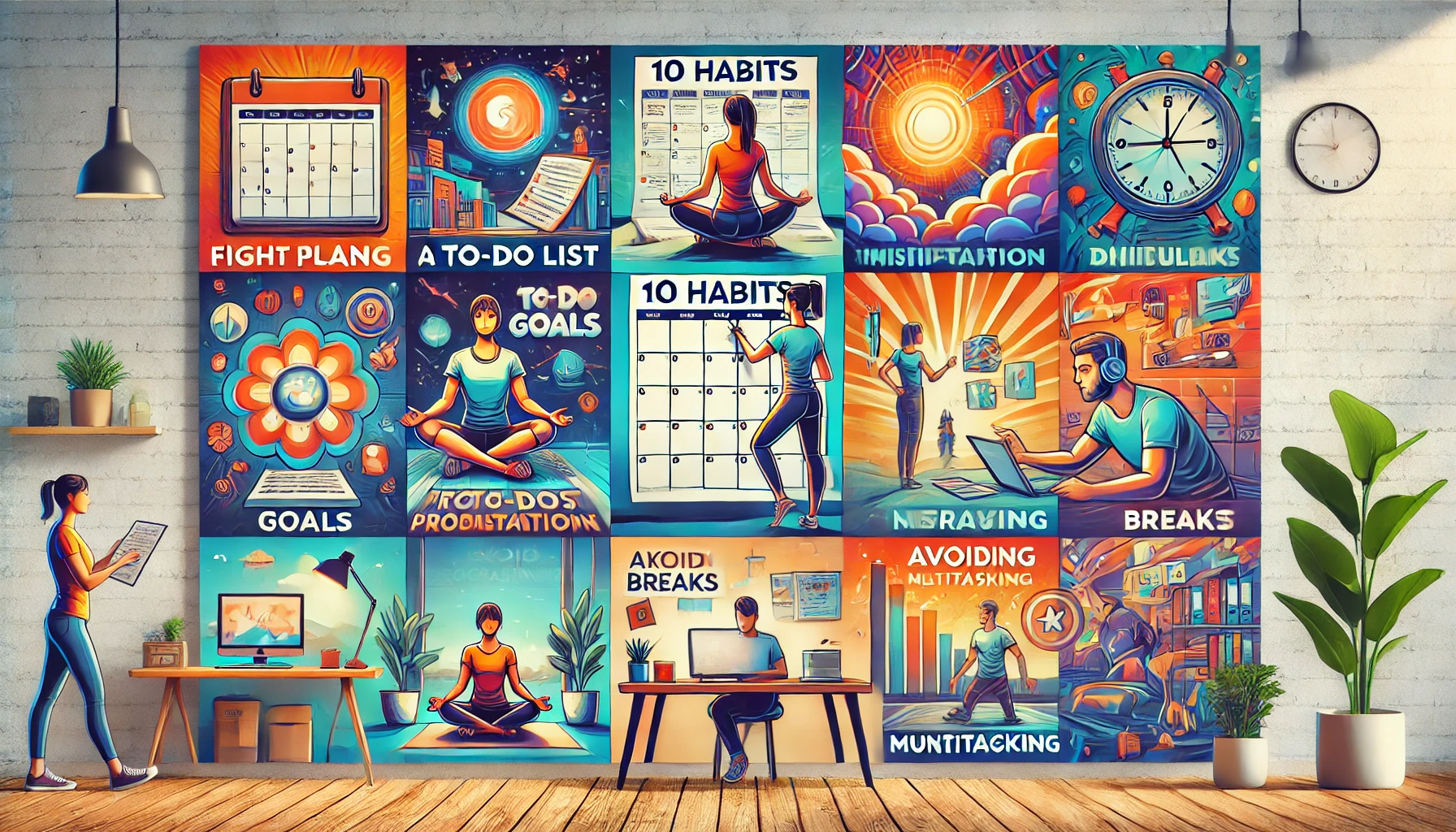
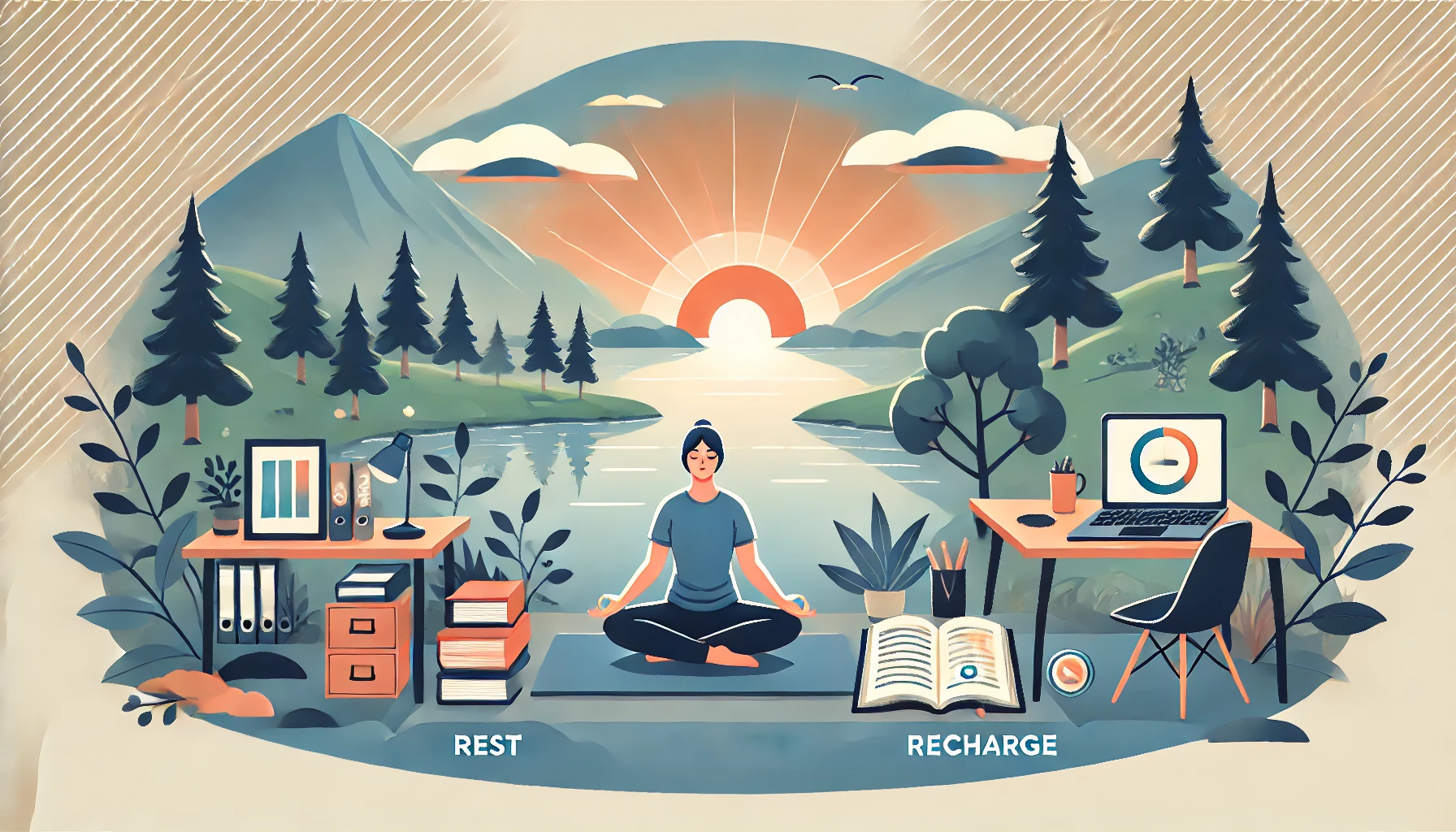




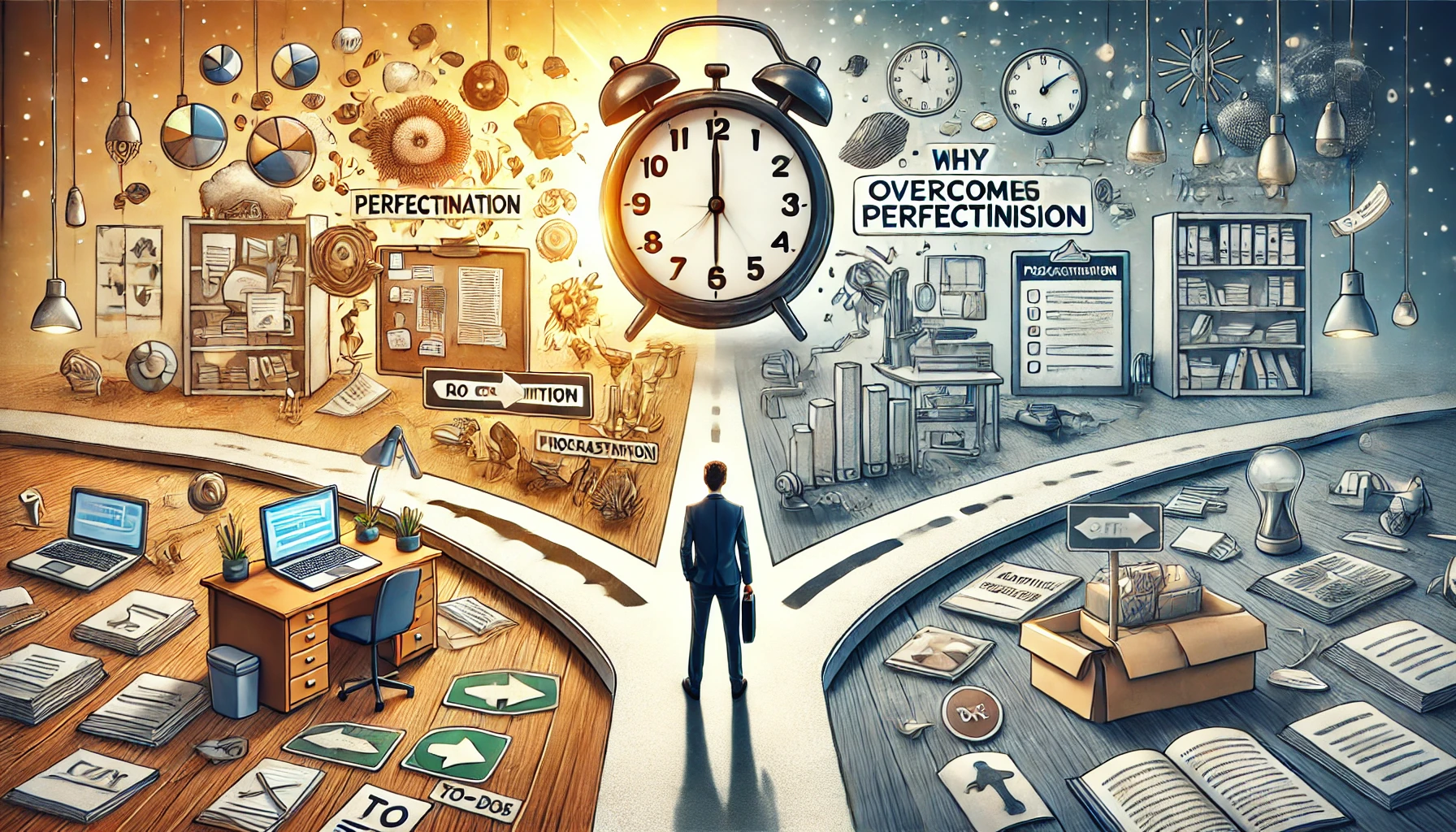

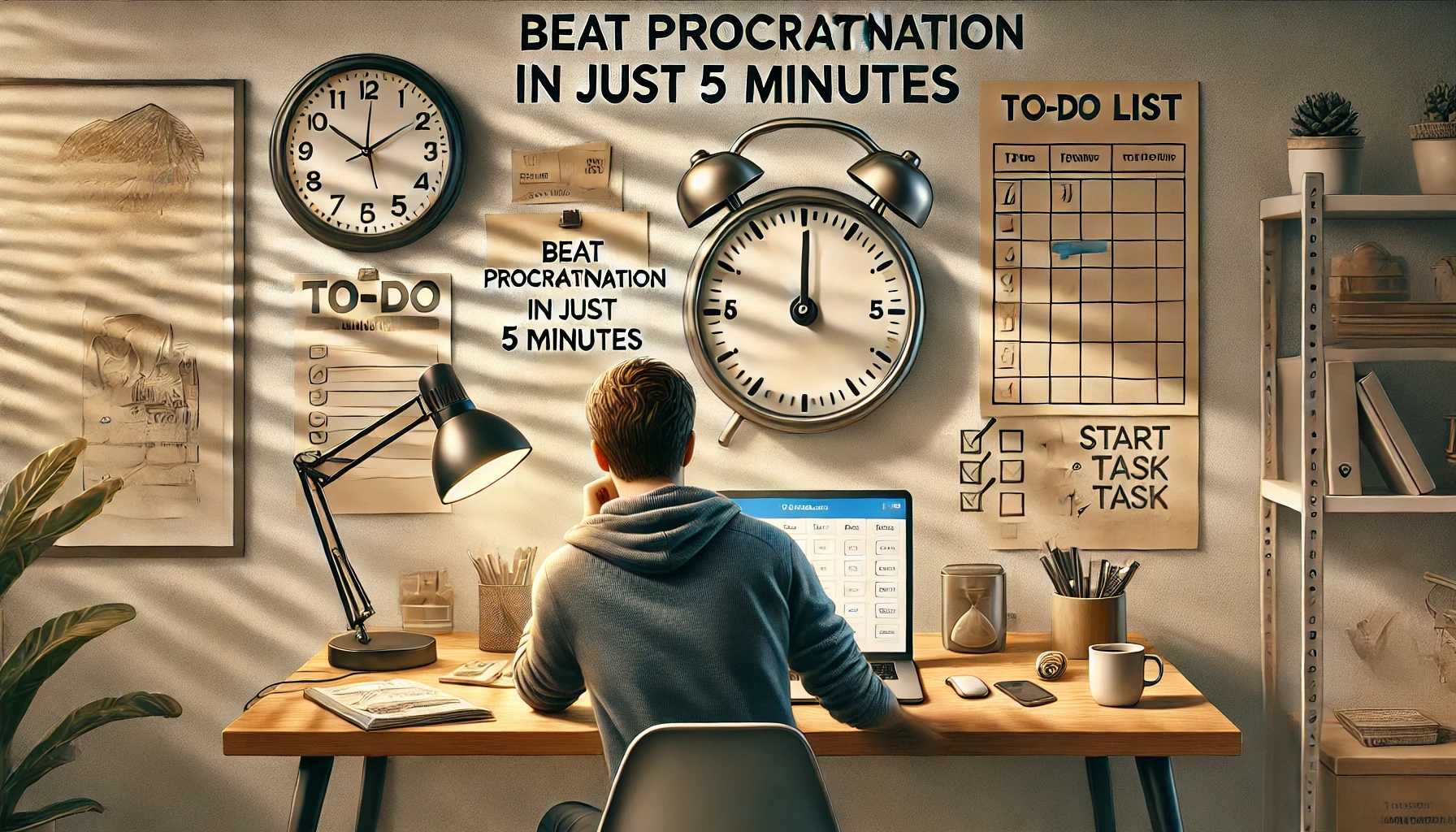
Leave a Reply